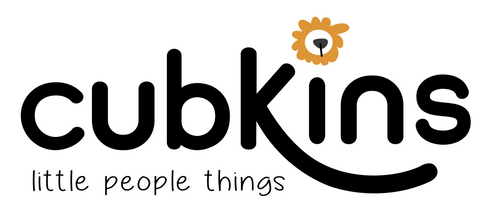As parents, ensuring the safety and well-being of our little ones is always a top priority. When it comes to snack time, finding the right snack cup for toddlers that not only keeps the food fresh but also guarantees that it is free from harmful chemicals is crucial. In this blog post, we will explore the importance of selecting snack cups that are BPA-free, lead-free, BPS-free, and PVC-free for the health and safety of your toddlers.

Why Are BPA-Free Snack Cups Important?
Bisphenol A, commonly known as BPA, is a chemical found in many plastic products, including food containers. Research suggests that exposure to BPA may have adverse effects on the endocrine system, potentially disrupting hormone levels and leading to developmental issues in young children. By choosing BPA-free snack cups for toddlers, you can minimize your toddler's exposure to this potentially harmful chemical and provide them with a safer eating experience.
The Risks of Lead in Snack Cups
Lead is a toxic heavy metal that can have severe health implications, especially for children. Exposure to lead can lead to cognitive and developmental delays, behavioral problems, and even neurological damage. Unfortunately, lead has been found in some food containers, including those made from certain types of plastic. Opting for lead-free snack cups ensures that your child's snacks are not contaminated and reduces the risk of lead exposure.
The Impact of BPS
Bisphenol S (BPS) is a chemical compound that has been used as a substitute for BPA in some plastic products. However, recent studies have suggested that BPS may pose similar health risks as BPA. Research has indicated that BPS might disrupt the endocrine system, potentially affecting hormone levels and overall health. When searching for a snack cup for toddlers, make sure they are not only BPA-free but also free from BPS to safeguard your child's well-being.
Choosing PVC-Free for a Safer Option
Polyvinyl chloride (PVC), commonly known as vinyl, is a plastic material that is often used in food containers and other household products. However, PVC can contain phthalates, which are additives used to increase the flexibility and durability of the material. Some phthalates have been linked to hormone disruption and other adverse health effects. By choosing PVC-free snack cups for toddlers you eliminate the risk of exposing your toddler to harmful phthalates and provide them with a safer eating environment.
How to Find the Right Snack Cup for Toddlers?

When searching for snack cups for your toddler, keep the following tips in mind:
-
Look for labels: Check the product packaging or manufacturer's information to ensure that the snack cup is explicitly labeled as BPA-free, lead-free, BPS-free, and PVC-free.
-
Choose trusted brands like Cubbins prioritize child safety and have a track record of producing high-quality, toxin-free products.
-
Consider material: Look for snack cups made from alternative materials such as stainless steel, silicone, or wood, as they are generally free from BPA, lead, BPS, and PVC.
-
Easy to clean: Ensure the snack cup is easy to clean and dishwasher-safe to maintain hygiene and reduce the risk of bacterial growth.
Conclusion
Choosing a safe snack cup for toddlers is essential for worry-free snack time. Prioritizing BPA-free, lead-free, BPS-free, and PVC-free materials protects your child’s health and supports their growth. Look for trusted brands that offer easy-to-clean, durable, and toddler-friendly designs to make snack time enjoyable for both you and your little one. Ready to upgrade your toddler’s snack gear? Explore Cubkins’ snack cup with lid today for a safe, convenient, and mess-free snack solution.
